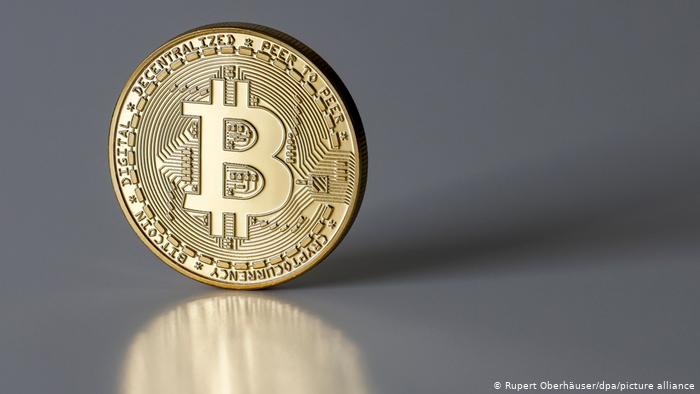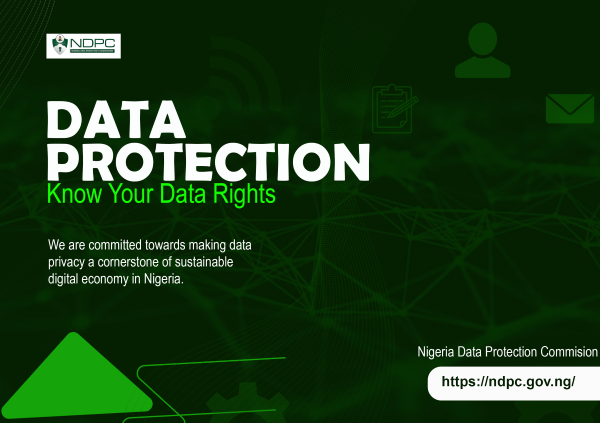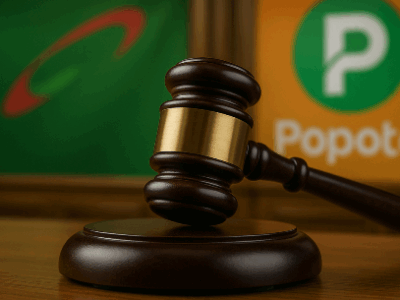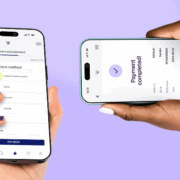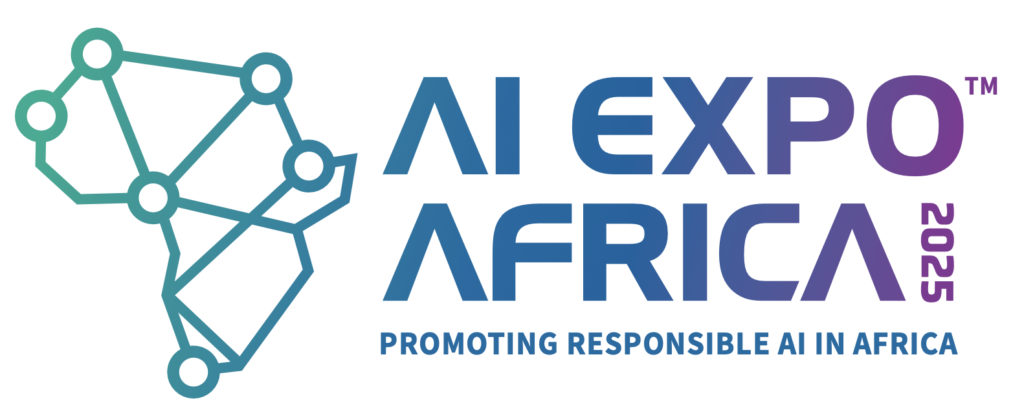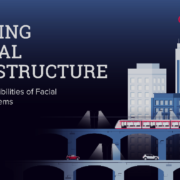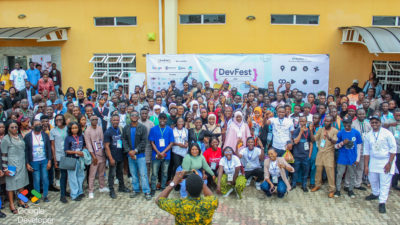As crypto adoption accelerates and digital wealth becomes increasingly borderless, high-net-worth holders are facing unprecedented levels of targeted risk — from SIM-swaps in the UK to physical kidnappings in São Paulo. In a world where digital assets are accessible 24/7 but not always protected by conventional security frameworks, where should crypto elites feel safest?
RELATED: Bitcoin trading volume skyrockets by $650B in February
New research from the security experts at Hyperion, has unveiled the Executive Crypto Threat Index (ECTI), a global ranking of 15 nations based on the composite danger faced by high-value crypto investors. The Index fuses four distinct dimensions of risk — cybercrime, physical safety, telecommunications vulnerability, and Bitcoin ATM exposure — into a single, country-by-country score.
This comes amid a rise in high-profile hacks, doxxing attacks, and real-world threats targeting crypto holders, and raises important questions for investors, family offices, and security advisors navigating an increasingly volatile threat landscape.
Main Findings
- Brazil and Russia rank as some of the riskiest environments for high-net-worth crypto holders in 2025, according to the Executive Crypto Threat Index (ECTI).
- The US takes the lead on Bitcoin ATM exposure, with over 31,000 machines and record-setting cybercrime losses.
- The UK vaults up the table on the back of a +1,055% surge in SIM-swap fraud, according to Cifas.
- Japan and Singapore rank among the safest, with low homicide rates, strict SIM registration laws, and limited ATM exposure.
Countries That Pose The Greatest Threat to Crypto Execs
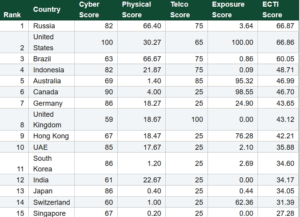
“For the first time, we can see how cyber, physical, and telecom threats overlap for crypto wealth. The ECTI highlights why wealthy crypto executives must be as concerned with personal safety as they are with portfolio security.”
— says Adam Gonzales, CEO of Hyperion.
Russia tops the Executive Crypto Threat Index 2025, combining severe physical and cyber risks. With homicide rates of 8.2 per 100,000 and a Level 4 US State Department travel advisory, the physical environment is among the world’s most dangerous. Russia is also repeatedly flagged in Chainalysis reports as a hub for ransomware operators and illicit crypto flows, compounding the danger for high-net-worth crypto holders. Despite relatively low ATM density (~26 nationwide), the convergence of violent crime, unstable conditions, and cybercrime ecosystems places Russia at the very top of global risk rankings.
The United States ranks second globally, driven by unparalleled crypto exposure. With more than 31,000 Bitcoin ATMs — the highest count worldwide — visibility and accessibility are unmatched. The FBI’s IC3 reported $9.3 billion in crypto-related losses in 2024, alongside 982 SIM-swap complaints causing nearly $26 million in losses. While homicide levels (6.8 per 100,000) are lower than Brazil or Russia, the country’s sheer scale of street-level exposure and cybercrime activity vaults the US into the ECTI’s top tier of global risk.
Brazil is the third-riskiest country in the ECTI, reflecting extreme physical dangers. With homicide rates of 25 per 100,000 — the highest among major economies — Brazil far exceeds global averages. While ATM density is low (~90 nationwide), violence, extortion, and kidnap risks are elevated, making personal safety the dominant driver of Brazil’s risk profile. Official US advisories rate Brazil at Level 2, but experts warn this understates the real threats faced by wealthy crypto holders.
If you have any questions on the above study, or would like further commentary from the intelligence and person security experts at Hyperion, do get in touch.
Schaunagh
Methodology
The Executive Crypto Threat Index (ECTI) ranks countries by the level of risk faced by high-net-worth crypto holders. It combines four distinct types of threat — cyber, physical, telco, and exposure — into a single comparable score.
1. Cyber Risk (Weight: 35%)
- Primary source: Chainalysis 2025 Crypto Crime Report.
- Supplementary sources:
-
US: FBI IC3 2024 Annual Report
-
UK: Cifas Fraud Reports + Action Fraud
-
Canada: Canadian Anti-Fraud Centre
-
Australia: National Anti-Scam Centre + [IDCARE]
-
-
Metrics used:
-
Chainalysis “victim concentration” and “severity” flags (binary/weighted).
-
Reported crypto losses per capita (min–max scaled across countries).
-
-
Calculation:
CyberScore=(0.6×VictimFlag)+(0.4×LossesPerCapita)
2. Physical Risk (Weight: 40%)
- Primary source: UNODC / World Bank Homicide Rate per 100,000.
- Travel safety: US State Department Travel Advisories, August–September 2025 snapshot.
-
Metrics used:
-
Homicide rate (inverted and scaled).
-
Travel advisory level (L1 safest → L4 highest risk).
-
-
Calculation:
PhysicalScore=0.5×(Homicide)+0.5×(TravelLevelScaled)
3. Telco Risk (Weight: 15%)
-
Sources:
-
US: FBI IC3 (SIM-swap complaints & losses).
-
UK: Cifas (SIM-swap growth, +1,055% YoY).
-
Australia: IDCARE (+240% SIM-swap rise).
-
Other countries: National regulator reports where available; otherwise, baseline risk assigned based on SIM card registration laws (mandatory ID vs. no ID required).
-
-
Metrics used:
-
SIM-swap growth rate or complaint volume (scaled).
-
SIM registration law proxy (Low baseline = mandatory ID, High = no ID).
-
-
Calculation:
TelcoScore=scaled SIM-swap metric OR law baseline
4. Exposure (Weight: 10%)
-
Source: CoinATMradar Global Bitcoin ATM Database (accessed Sept 4, 2025).
-
Metric: Number of crypto ATMs per million residents (population from World Bank 2023).
-
Calculation:
ExposureScore=ATMs_perMMax(ATMs_perM)×100 -
Special note: “Zero ATMs” is interpreted differently if due to regulatory ban (UK, India, Singapore) versus no adoption (Indonesia, Brazil).
5. Overall ECTI Score
Each country receives four subscores (Cyber, Physical, Telco, Exposure). These are weighted and combined into a single index:
ECTI=(0.35×Cyber)+(0.40×Physical)+(0.15×Telco)+(0.10×Exposure)
Scores are then ranked globally (1 = riskiest).
6. Gap-Filling & Transparency
- Where no official SIM-swap statistics were available, countries were assigned a baseline score derived from SIM law status.
- Where most recent homicide data was missing, the nearest available year was used.
7. Data Currency
- All sources were the most recent available as of September 7, 2025.
- UNODC homicide data covers 2020–2021 (latest year published).
- ATM counts verified on CoinATMradar Sept 4, 2025.
- Cybercrime reports all published 2024–2025.
- Travel advisories pulled live from US State Dept in Sept 2025.

